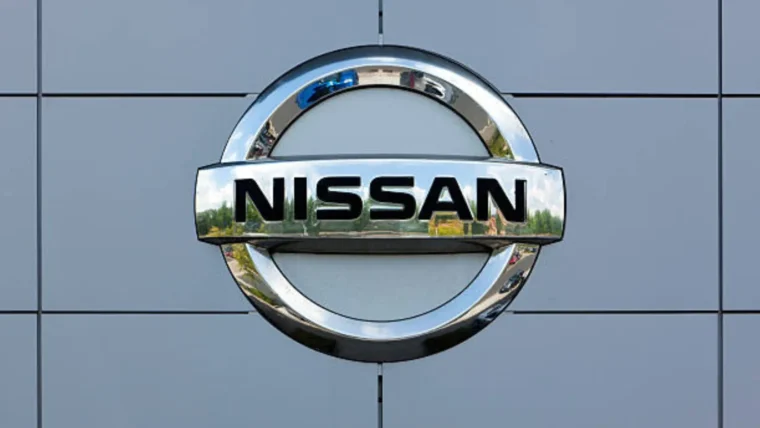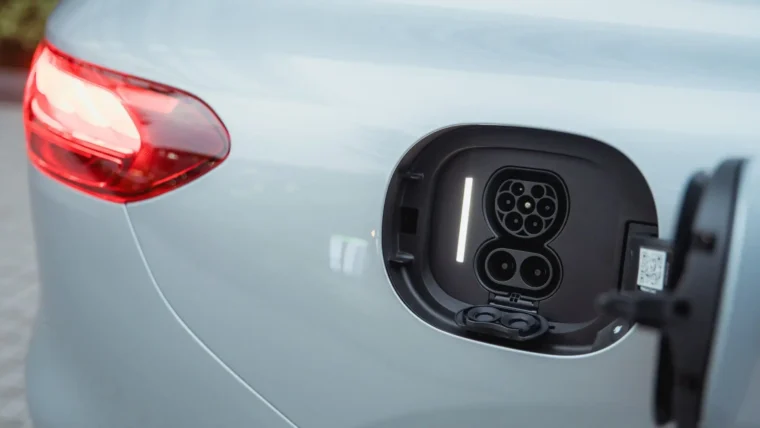Honda Motor Co., Ltd. last week announced plans to begin public road demonstration testing of its driving support system in April 2014, utilizing traffic signal information. The demonstration testing will be conducted in Utsunomiya City, Tochigi Prefecture in Japan in collaboration with the Tochigi Prefectural Police and UTMS Society of Japan, as part of research and development of the Universal Traffic Management Systems (UTMS*1) in which Honda has been participating. This large-scale and long-term public road testing will help Honda verify the overall functionality and effectiveness of the system as the final stage of verification toward putting the system into practical use.
The driving support system utilizing traffic signal information is designed to support smooth driving at signalized intersections by using traffic signal information obtained through infra-red beacons*2 placed on the side of roads as well as location and velocity information of the vehicle itself. When the system senses that the vehicle will be able to drive through an upcoming signalized intersection with a green traffic light, the recommended speed will be shown on the vehicle’s on-board display. As long as the driver maintains the recommended speed, the vehicle will be able to drive smoothly through the intersection.
On the other hand, when the system senses that the driver will need to stop at an intersection due to a red traffic light, the on-board display will inform the driver to step off from the accelerator pedal. By following the advice, the driver can make an early start on deceleration. Moreover, while waiting for the traffic light to turn green, the remaining red-light time will be displayed to prevent a delay in resuming driving. Through these driving supports, the amount of unnecessary acceleration and/or deceleration will be reduced while driving through signalized intersections. As a result, prevention of traffic accidents and improvement of practical fuel economy are expected.
For this demonstration testing, five routes in Utsunomiya City and its suburban areas will be used and approximately 100 vehicles, mainly vehicles that Honda associates use on these routes for commuting, will be equipped with an on-board device that supports the driving support system. The testing will last approximately one year starting from April 2014, and verify 1) changes in vehicle behavior that have an impact on traffic safety such as sudden acceleration and deceleration, 2) effectiveness in CO2 emissions reduction and fuel economy improvement, and 3) an impact on traffic flow. Honda will utilize verification results to further advance its research and strive to commercialize the driving support system.
Through its participation in the UTMS project, Honda will advance its vehicle-to-infrastructure communication technologies which will enable safer mobility with reduced CO2 emissions. Through these efforts, Honda will strive to attain its environmental and safety vision to “realize the joy and freedom of mobility and a sustainable society where people can enjoy life.”
| *1 | Universal Traffic Management Systems (UTMS) is a new traffic management system promoted by the National Police Agency of Japan as a part of the Intelligent Transport Systems (ITS). The UTMS utilizes information communication technologies to realize safer and smoother traffic as well as to promote environmental protection. |
| *2 | The infra-red beacon is a device that functions to sense vehicles and interactively communicate with the on-board communication device of moving vehicles, by applying near-infrared technology. |
Other posts by AF Newsdesk







